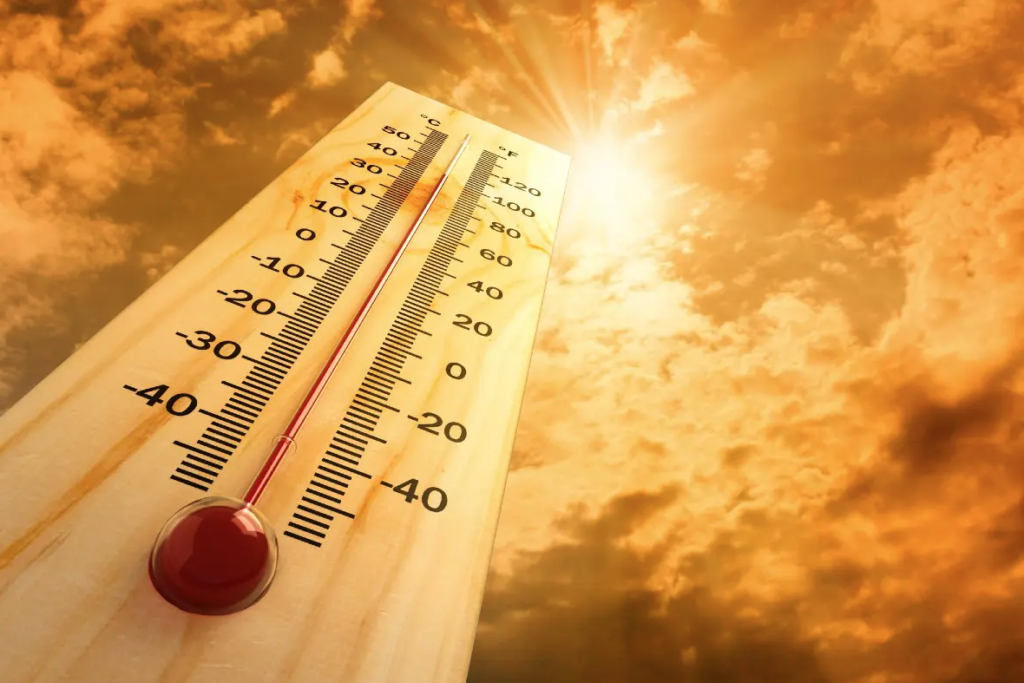Counting only the current policies to 2030, we go towards +2,1 – 2,4°C
If all countries fulfilled the climate commitments they have announced so far, by 2100 the global temperature would stabilize around +1.7-1.8 ºC. Above the most ambitious threshold of the Paris Agreement, but in line with the “well below 2°C” which represents the maximum limit. But the calculation works only if you consider all the declared climate targets, even those in the long and very long term. For which, most of the times, quantifiable and well defined targets are lacking, as well as the indication of which solutions and tools will be used to center them. If you consider, however, only the policies currently in force, the world is still on a trajectory well above the 2 degrees of Paris.
This was calculated by a study published in Nature Climate Change by an international group of climate scientists that uses 4 different integrated assessment models to build predictions of future emissive trajectories for each country. And it is precisely on achieving the long-term climate goals that we must focus now, suggest the authors: “The results of this study show that while we must not lose sight of the objective of further increasing ambitions, the short and long-term implementation of the current set of ambitions is currently the most important factor in preventing a climate disaster”.
Where do the current climate targets lead us?
It is not the first study to analyse the scope of climate policies and promises or the global emissions gap. Especially close to Cop26, this kind of analysis has been much beaten. But it is the first time that it is argued that with the current level of ambition it would be possible to reach the peak of emissions during this decade. Obviously, as long as we fully implement all the points contained in the National Voluntary Contributions (NDC), that is, the promises formally submitted to the UNFCCC (which are not binding).
read also UN: global temperatures will reach new records in the next 5 years
The good news, however, ends here. Because after the peak the descent will not be fast enough to reach neutrality by 2100. This means that after this century the accumulation of greenhouse gases would continue and, consequently, the temperature would continue to rise.
According to the study, the current level of ambition of the concretely fielded policies leads us to a 2.1-2.4°C hotter world with 75% probability (and a margin of error that widens the range from 1.9 to 2.7 ºC). The NDCs, on the other hand, steer us towards 2-2.2°C of global warming by the end of the century, with a range from 1.7 to 2.5°C. But if countries also meet their declared long-term climate goals, having met their current NDC commitments in 2030: “The increase in temperature increase will be further limited and stabilize around 1.7–1.8 °C (1.5–2.0 °C for 25–75% interval), which is arguably in line with a future ‘well below 2 °C”.

